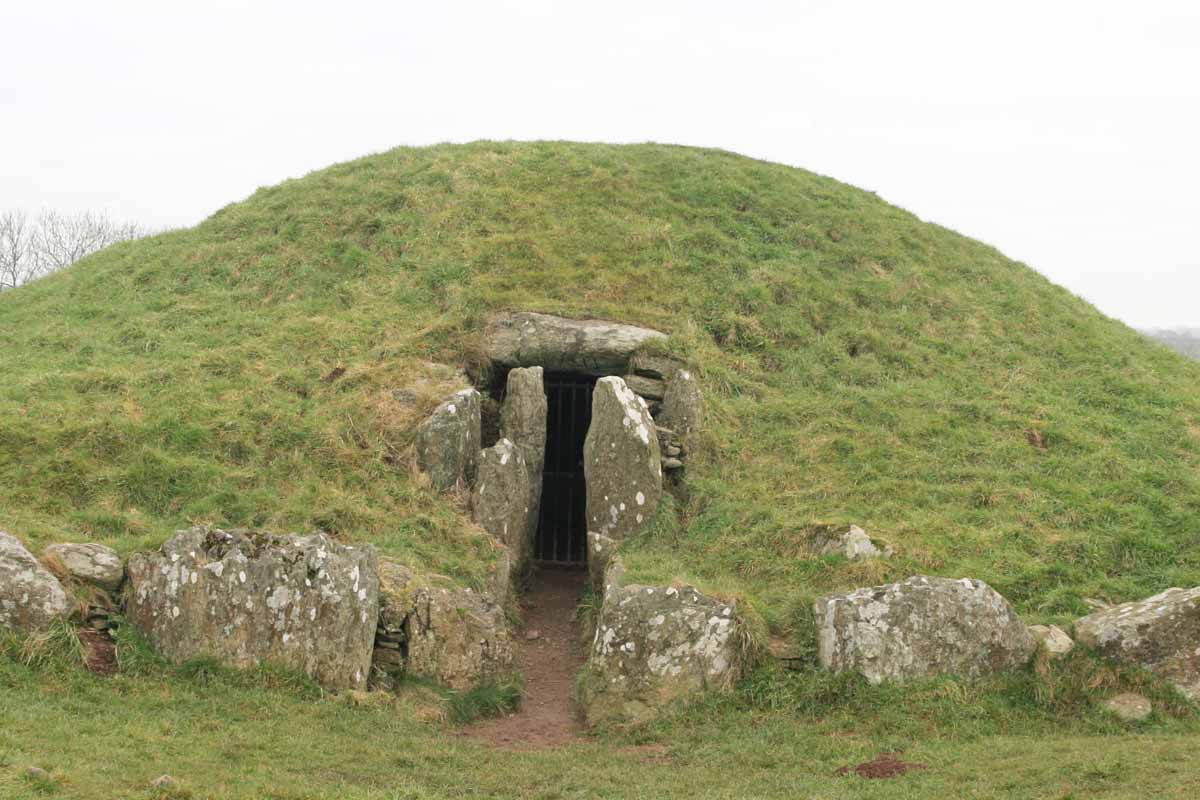The Malaga dolmen tomb feels like a door cracking open on prehistory. You step in, and the air changes. Dust, cool stone, a hush that feels like listening. Your chest loosens because the past is suddenly close enough to touch.
Bones, blades, and a story in stone
Walk the passage and the first thing you feel is Discovery. The Malaga dolmen tomb isn’t shy about it. It stretches forty-two feet and still holds its shape. For a site this old, that’s rare. Artifacts ride the shadows like stars. Ivory. Amber. Seashells carried from a distant shore. Arrowheads wait in neat clusters. Large blades gleam where the light slips. One piece steals your breath, a halberd balanced for two hands. Each object lands like a heartbeat, proof of use, proof of care. This space reads like a diary written in stone and flint. Archaeologists call it a dolmen; we can call it a prehistoric stone monument. The Malaga dolmen tomb shows its purpose without a single word. People placed their dead here with intention. They left goods worthy of respect, not scraps. You can feel Scale in your legs as you move down the chamber.
Architecture that breathes
Stand with the walls and notice the height first. Upright slabs rise past six feet, solid as an oath. Compartments open and close like a rhythm along the corridor. It’s not random; it’s choreography. Builders set orthostats in the ground and solved weight with instinct. Call it Design, because every choice still works. Call it Engineering, because the roof slabs haven’t given up. The Malaga dolmen tomb teaches with proportion and restraint. It’s another prehistoric stone monument, but it feels personal. You can picture hands dusted with grit. A crew passing a slab. A leader squinting at the horizon for alignment. No cement. No steel. Just leverage, patience, and time. Rooms branch inside the corridor, offering pause points. Spaces for ritual, for grief, for whatever a quiet culture needed. You don’t have to understand every rite to feel the care.
Lives gathered in one place
What the team found inside reads like a map of community. Ossuaries hold many people, not just one. That detail changes the tone in an instant. This was a shared resting place, a civic promise. The Malaga dolmen tomb wasn’t for a single hero. It worked for a village, maybe more. Grave rooms carry Grave goods that still speak. The flint pieces aren’t crude; they’re made with attention. Arrowheads taper like they were taught, not guessed. Large blades carry a steady hand. The halberd carries status and danger in equal measure. Ivory whispers of far journeys and costly trade. Amber holds the sun in a small stone. Seashells show up inland, which says everything about exchange. Someone walked, bartered, and brought them back. You can almost chart the routes under your feet. That’s where Trade routes flicker into view. Networks crossed landscapes long before highways.
The Malaga dolmen tomb plugs this place into a larger world. It wasn’t remote. It was connected. Under the roof, slabs lie flat and confident. A tumulus once covered the whole structure like a protective hand. Picture wind packing sand against stones, year after year. Picture rain polishing edges smooth. Through seasons and loss, the outline held. Another way to say it: a prehistoric stone monument earning its years. Archaeologists speak of state of conservation with measured voices. Here, the phrase lands like gratitude.
What endures after the dig
We keep finding dolmens across continents, and our story keeps widening. Well-known sites get all the light, yet this find feels different. The Malaga dolmen tomb brings the third millennium B.C.E. into eye level. It adds texture to funerary practice across southern Iberia. Not a dusty footnote; a living case study. Details like compartments, roof slabs, and that halberd nudge our charts. They help anchor dates and practices we only guessed.
Put it alongside Arthur’s Stone or the “Spanish Stonehenge,” and the line sharpens. Patterns appear, then exceptions, then fresh questions. The work will continue through seasons of careful digging and patient cataloging. Still, there’s a feeling you can carry out right now. Places like this don’t just tell us how they buried their dead. They show how they held the living together. Shared rooms. Then shared objects. Shared farewell. A prehistoric stone monument is never only architecture. It is a calendar, a compass, and a promise. It says, “We remember you.” And It says, “We belong here.” Conservation matters because these stones still teach. The Malaga dolmen tomb reminds us that memory needs rooms as much as stories.
Questions that outlive us
Stand at the threshold and you’ll notice your breathing slow. Call that respect. Call that kinship across five thousand years. When you leave, you’ll take more than photos. You’ll take a better question. What are we building now that will hold for five millennia? What rooms are we making for our own goodbyes? Let those questions walk with you into daylight. Let them rattle a little and make room for wonder. And let this prehistoric stone monument keep doing its quiet work, stone by stone, year by year.
Legacy is the last of the seven moments worth holding on to here. We had Discovery, Scale, Design, Engineering, Grave goods, Trade routes, and Legacy. Seven small anchors for a long story. The Malaga dolmen tomb gives each one a place to stand.
